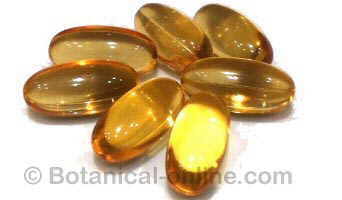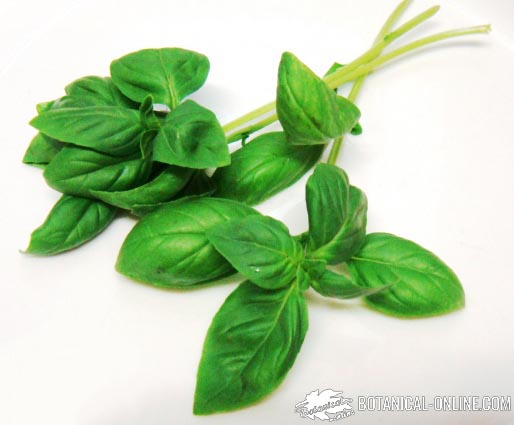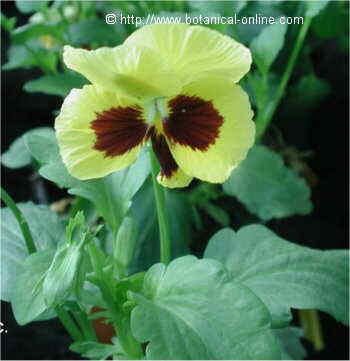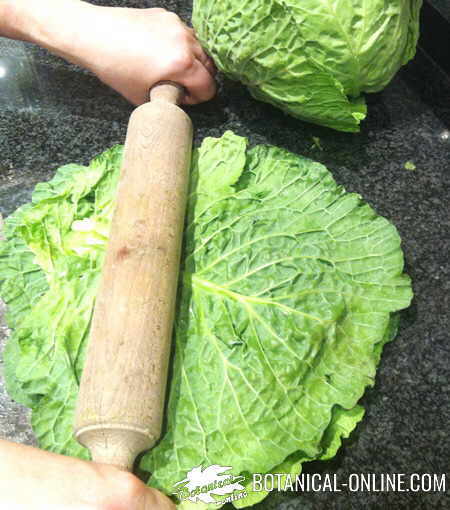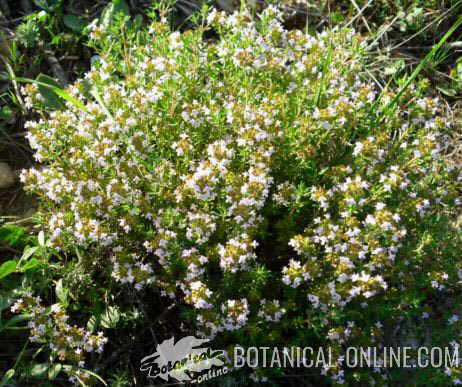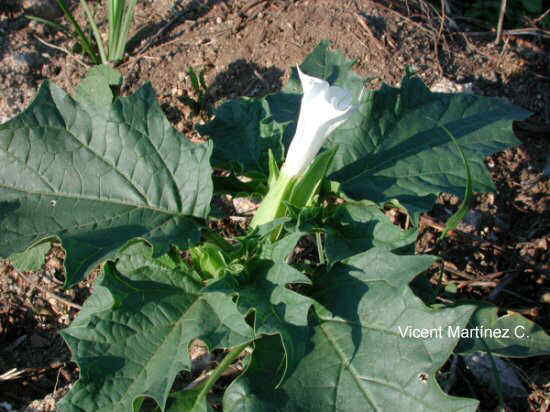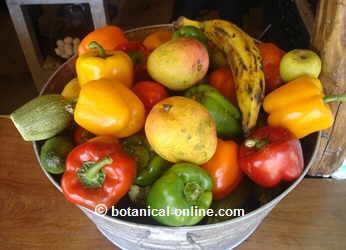Contents
What is a greater galangal plant?
Characteristics of Alpinia galanga
Common name: Greater galangal, languas, siamese ginger, java galangal, blue ginge
– Spanish: galanga, calanga, garengal, jengibre tailandés, galanga mayor.
Etymology: Galangal derives from the Latin galangam, which in turn comes from the Arabic khalanjan, which means “soft ginger”.
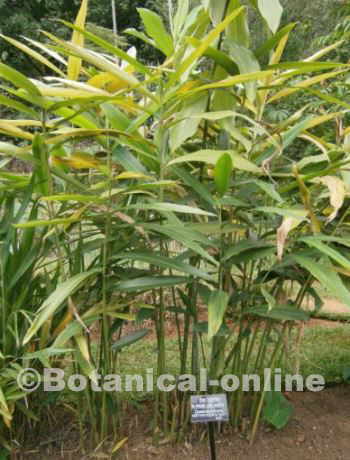
Scientific name: Alpinia galanga (L.) Willd.
Family: Zingiberaceae
Origin: plant native to Indonesia but currently naturalized and cultivated in all Southeast Asian countries.
Habitat: it is found feral in Southeast Asia, Indonesia, Malaysia, Thailand, eastern Himalayas, southwest India.
Description of the plant
Greater galangal (Alpinia galanga) is a perennial plant common in the croplands of South Asia. It is a herb of 1.8 – 2m high, which is traded for its rhizomes, with a very penetrating aroma.
Rhizomes are underground stems with several buds and horizontal growth. The roots and herbaceous shoots of the plant emerge from the rhizome, coming upfrom the nodes. It is a reserve organ, rich in starch, which allows the plant to survive during the cold months and adverse weather conditions.
Greater galangal rhizomes are thin, measuring between 2.5 and 10cm. long and as thick as a thumb. The color of the skin is reddish-yellow; bright yellow inside.
Leaves are oblong-lanceolate, entire, with an acuminate apex, glabrous and between 30 and 60cm long.
It has a terminal inflorescence, in the form of a raceme, up to 20 centimeters. Its flowers are zygomorphic, white, red and purple. Fruits in globular or ovoid capsules.
Used parts
- Tubers, leaves and fruits
Greater galangal composition
Carbohydrates are the main constituent of its rhizome (20-25%). Greater galangal stands out for its content of essential oils, rich in
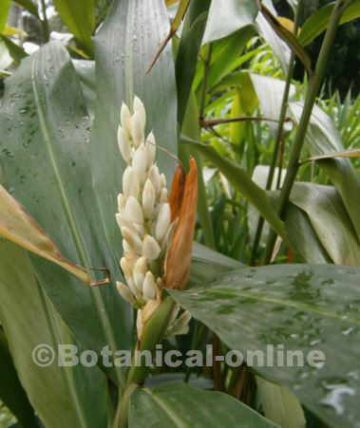
monoterpenes and sesquiterpenes, responsible for the penetrating aroma and spicy flavor of the plant.
Among its active components, greater galangal contains 1′-acetoxychavicol acetate, 1′-hydroxychavicol acetate and 1′-acetoxyieugenol acetate.
In particular, the 1′-acetoxichavicol acetate component has been extensively studied for its antioxidant, nematicidal, antiviral, antibacterial, and antifungal properties.
In addition, it is believed that it can become a remedy to improve asthma and to treat stomach pain.
Galangin stands out among the flavonoids of the plant. This is a flavonoid with multiple health benefits which is also found in propolis. It has antimicrobial and anti-cancer properties.
Analysis of the components of greater galangal
- Essential oil: 1,8-cineole (28.3%), camphor (15.6%), alpha pinene (5.0%), methyl cinnamate (4.6%), bornyl acetate (4.3%) and guaiol (3.5%). It is also found eugenol, cadinene, terpinen-4-ol, zerumbone, basorin.
- Flavonoids: galanganol, galangin, galangoisoflavonoid, kaempferide (anti-inflammatory) and alpinin.
- Tannins (0.6%)
- Glycosides: gallic acid glycoside.
- Vitamin C, betacarotenes, thiamine.
Uses of greater galangal
Greater galangal as a spice
Greater galangal is gaining great popularity as a culinary spice because its rhizomes have a strong, pungent, and spicy odor. It is a common ingredient in Indian cuisine and Thai cuisine. The fruits of the plant are used as a substitute for cardamom. Leaves can also be used in food.
It is used to make ice cream, cakes, liqueurs, etc.
Greater galangal as a medicinal plant
Greater galangal can be used to treat rheumatic pain, stomach disorders, respiratory diseases, and to relieve menstrual pain.
| Botanical classification * More information: Plant classification | |
| Kingdom | Plantae – Plants |
| Subkingdom | Tracheobionta Vascular plants |
| Superdivision | Spermatophyta Seed plants |
| Division | Magnoliophyta Flowering plants |
| Class | Liliopsida Monocotyledons |
| Subclass | Commelinidae |
| Order | Zingiberales |
| Family | Zingiberaceae |
| Gender | Alpinia |
| Species | A. galanga |
![]() More information on greater galangal
More information on greater galangal

